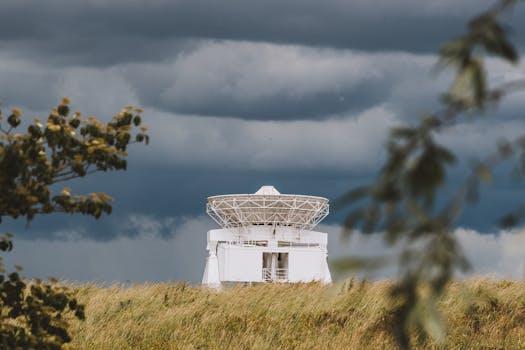GEO Satellites: Unlocking the Power of Geostationary Orbit

GEO Satellites: Unlocking the Power of Geostationary Orbit
GEO satellites, or Geostationary satellites, are a type of satellite that orbits the Earth at an altitude of approximately 36,000 kilometers, which is the same distance as the Earth’s equatorial radius. This unique orbit allows GEO satellites to remain stationary in the sky, relative to a fixed point on the Earth’s surface, making them ideal for a wide range of applications. At the beginning of our discussion on GEO satellites, it’s essential to understand their significance in modern telecommunications.
The first GEO satellite was launched in 1963, and since then, hundreds of GEO satellites have been launched, providing a wide range of services including television broadcasting, telecommunications, and weather forecasting. One of the primary benefits of GEO satellites is their ability to provide global coverage, making them an essential part of modern telecommunications. They are also used for navigation, military communications, and Earth observation.
How GEO Satellites Work
GEO satellites work by transmitting and receiving signals to and from Earth stations. These signals are used to provide a wide range of services, including television broadcasting, telecommunications, and internet connectivity. GEO satellites are equipped with transponders, which are devices that receive and retransmit signals. The transponders on a GEO satellite are typically connected to a large antenna, which is used to transmit and receive signals.
The signals transmitted by a GEO satellite are received by Earth stations, which are typically located on the ground. These Earth stations are equipped with large antennas, which are used to receive and transmit signals to and from the GEO satellite. The signals are then processed and distributed to the end-user, providing a wide range of services.
Applications of GEO Satellites
GEO satellites have a wide range of applications, including television broadcasting, telecommunications, and weather forecasting. They are also used for navigation, military communications, and Earth observation. One of the primary applications of GEO satellites is television broadcasting. Many television channels are broadcast via GEO satellites, providing global coverage and allowing people to watch their favorite shows from anywhere in the world.
GEO satellites are also used for telecommunications, providing internet connectivity and phone services to remote and underserved areas. They are also used for navigation, providing location information and timing signals to GPS receivers. In addition, GEO satellites are used for military communications, providing secure and reliable communications for military personnel.
Benefits and Challenges of GEO Satellites
GEO satellites have several benefits, including global coverage, high bandwidth, and reliability. They are also relatively low-cost compared to other types of satellites. However, GEO satellites also have several challenges, including congestion in the geostationary orbit, interference from other satellites, and the risk of satellite failure.
Despite these challenges, GEO satellites remain a crucial part of modern telecommunications, providing a wide range of services to people around the world. As technology continues to evolve, it is likely that GEO satellites will play an even more important role in the future of telecommunications.



